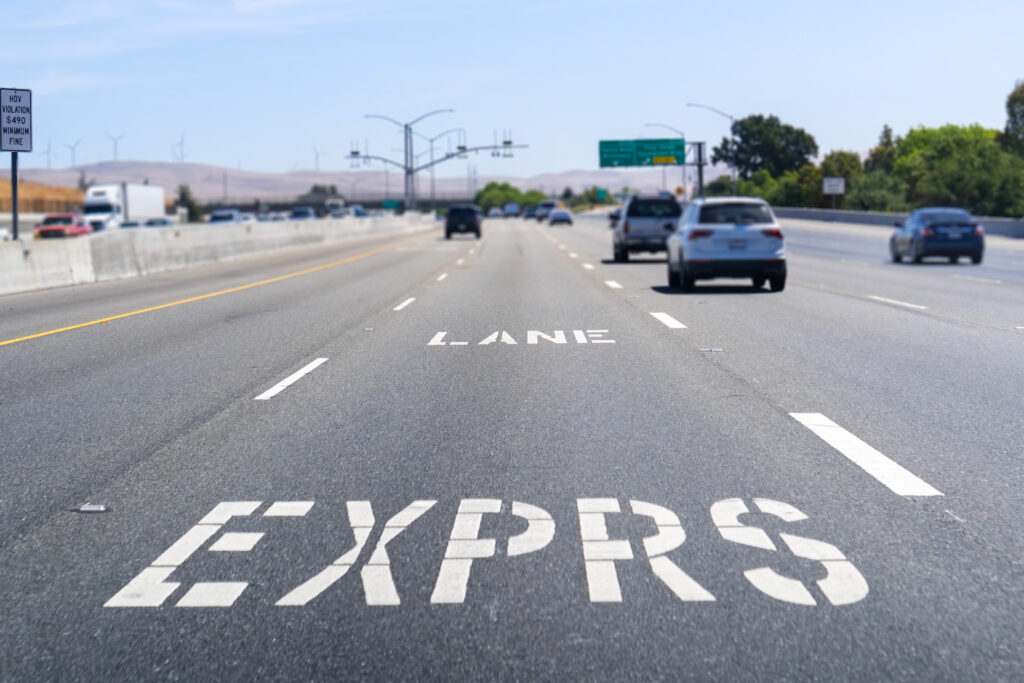How Do RSU's Enforce Carpool Lanes?

At D2 Traffic, one of our top-of-the-line traffic solutions is the In-Vision Vehicle Occupancy Detection (VOD) System. The In-Vision system is a roadside unit (iRSU), which tests the precision of competitively priced Express Lanes. But how exactly does this roadside unit perform these tasks? How does VOD help enforce carpool lanes and ensure their effective operation?
Carpool lanes, also known as High Occupancy Vehicle (HOV) lanes, are designated lanes on highways or roadways reserved for vehicles with multiple occupants, such as carpoolers, buses, or motorcycles. VOD is an integral part of the Intelligent Transportation Systems (ITS) infrastructure and provides several important functions in monitoring carpool lanes.
The Role VOD Play in Traffic Management
- Occupancy Verification: Let's start with the most obvious function. In-Vision helps verify the occupancy of vehicles in carpool lanes. By capturing images or using other occupancy detection techniques, VOD can determine whether a vehicle has the required number of occupants. This information is crucial for enforcing carpool lane regulations and identifying potential violators.
- Real-Time Monitoring: In-Vision also enables real-time monitoring. They don't just gather data on lane occupancy; they also analyze traffic flow and congestion levels. This information is valuable for transportation agencies and authorities in assessing the performance and effectiveness of carpool lanes, identifying areas for improvement, and making informed decisions regarding lane management and optimization.
- Incident Detection and Response: In-Vision roadside systems can detect incidents or abnormalities in carpool lanes, such as car accidents or stalled vehicles. By monitoring lane conditions and detecting disruptions, the system can quickly alert authorities and emergency services, facilitating timely response and minimizing the impact on traffic flow.
- General Data Collection and Analysis: In-Vision cameras can collect and transmit generalized data about traffic patterns. This data is invaluable for transportation planners, researchers, and policymakers in analyzing and identifying usage patterns, and making data-driven decisions to optimize traffic management strategies and promote sustainable transportation.
The Results Speak for Themselves
At D2 Traffic Technologies, the proof is in the pudding. In early 2021, In-Vision partnered with global toll road developer and operator Transurban to test the precision of Express Lanes. The In-Vision iRSU was set up at three different spots in the Greater Washington Area and achieved a precision of 97.5% in under two hours of operation.
Tech options like the In-Vision Roadside Unit are becoming more and more crucial with the advent of smart driving options and AI-powered transportation. Carpool lanes are just the beginning. Soon, this top-of-the-line tech will help enforce a host of traffic laws and rules. By ensuring the efficient and fair operation of traffic infrastructure, video analytics are truly the future of transportation management. Get in touch with us today for more info!


No Comments.